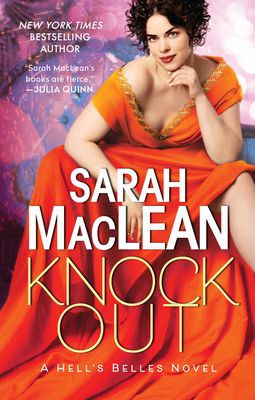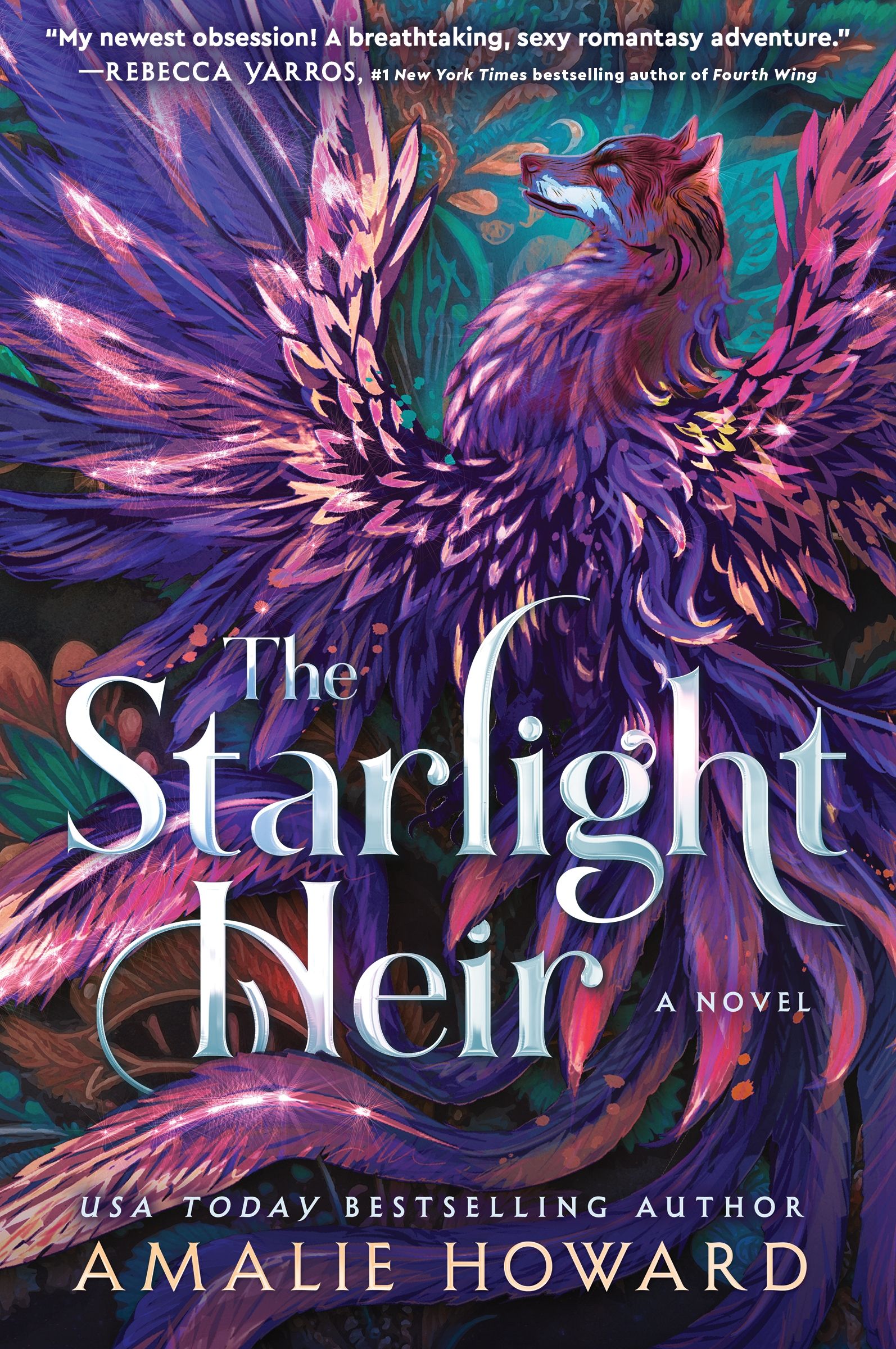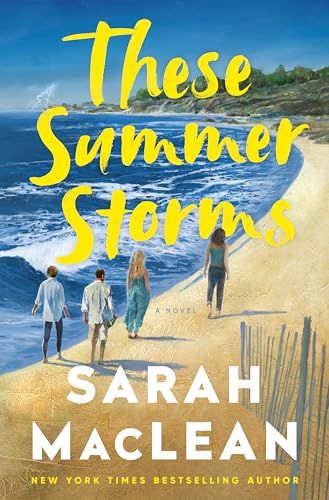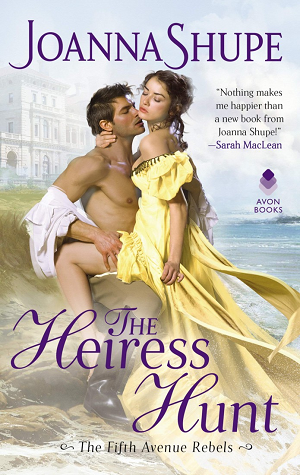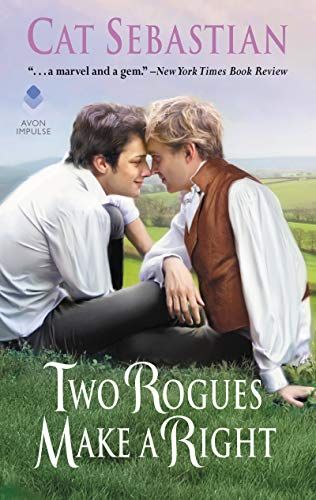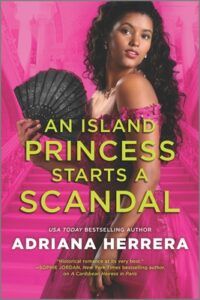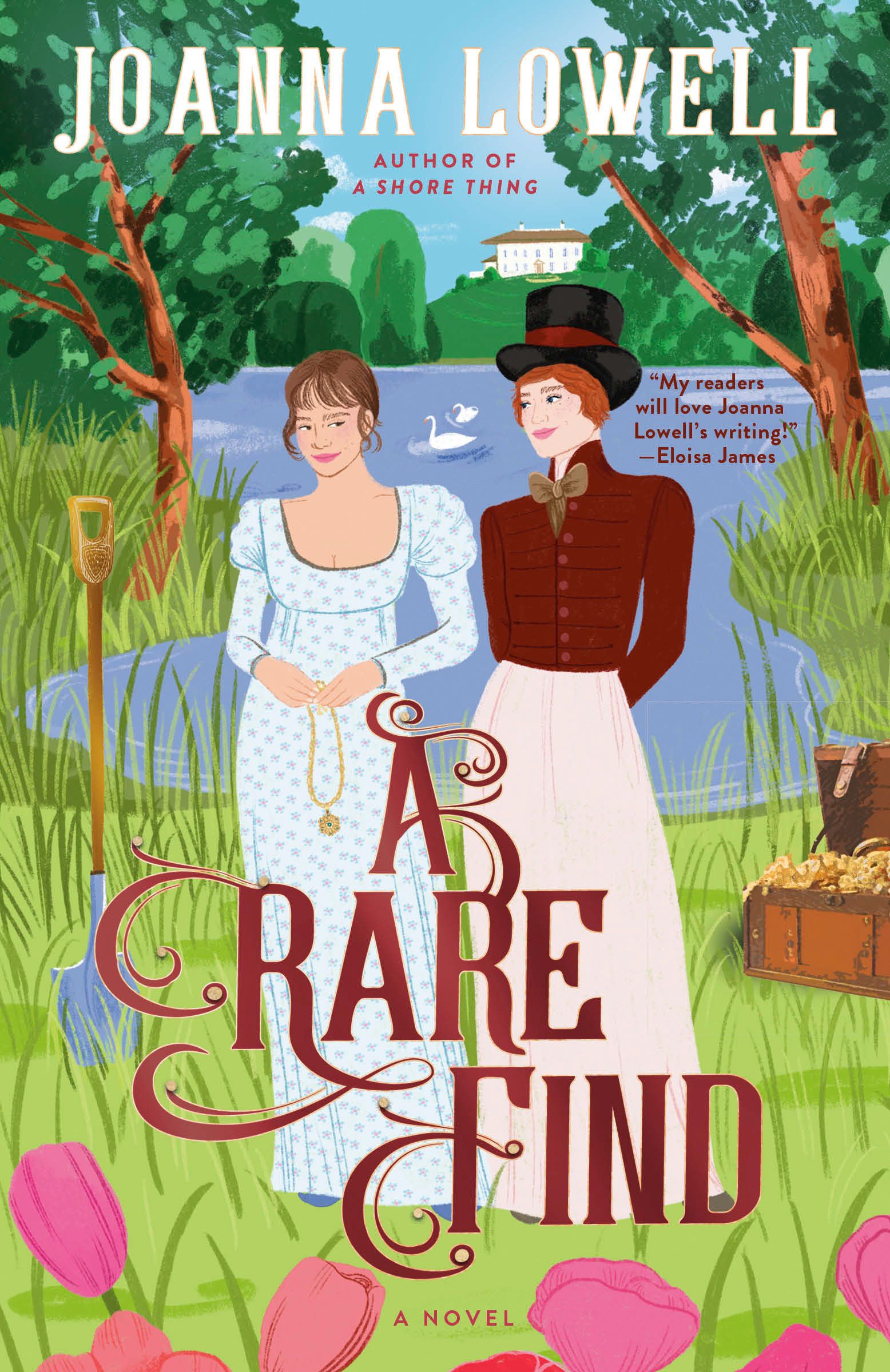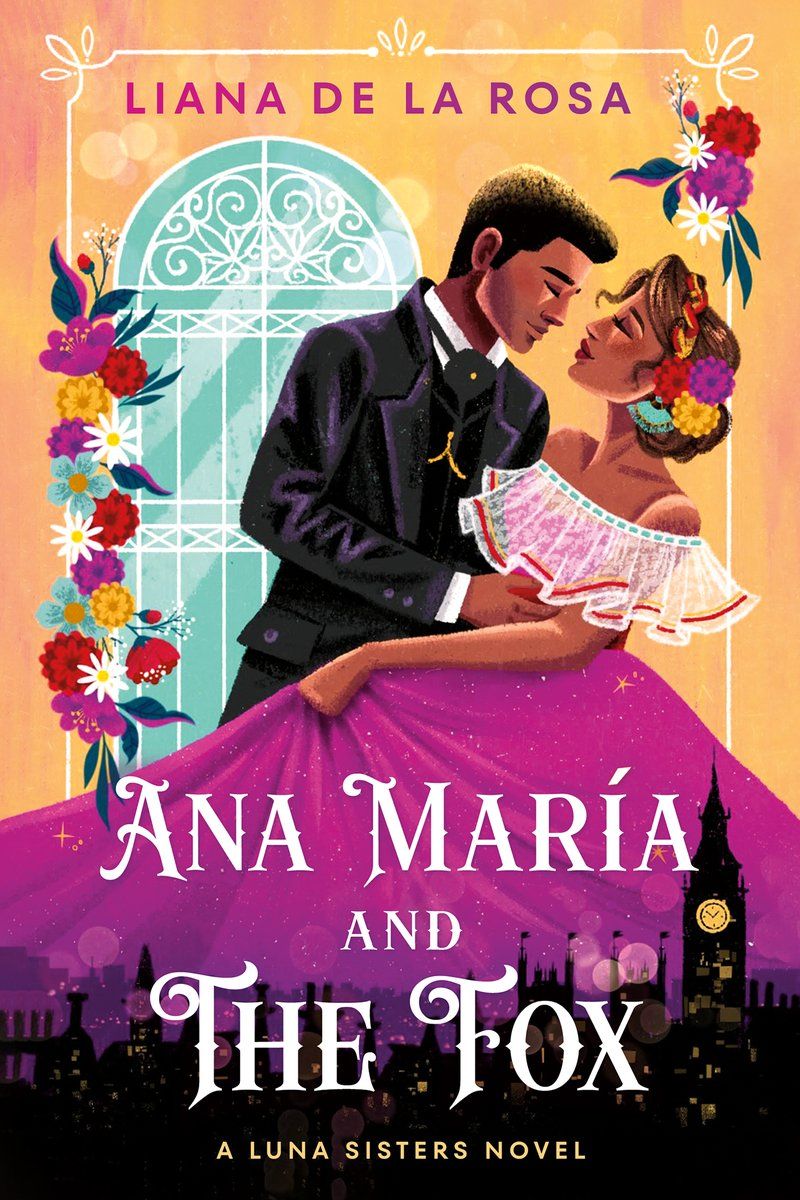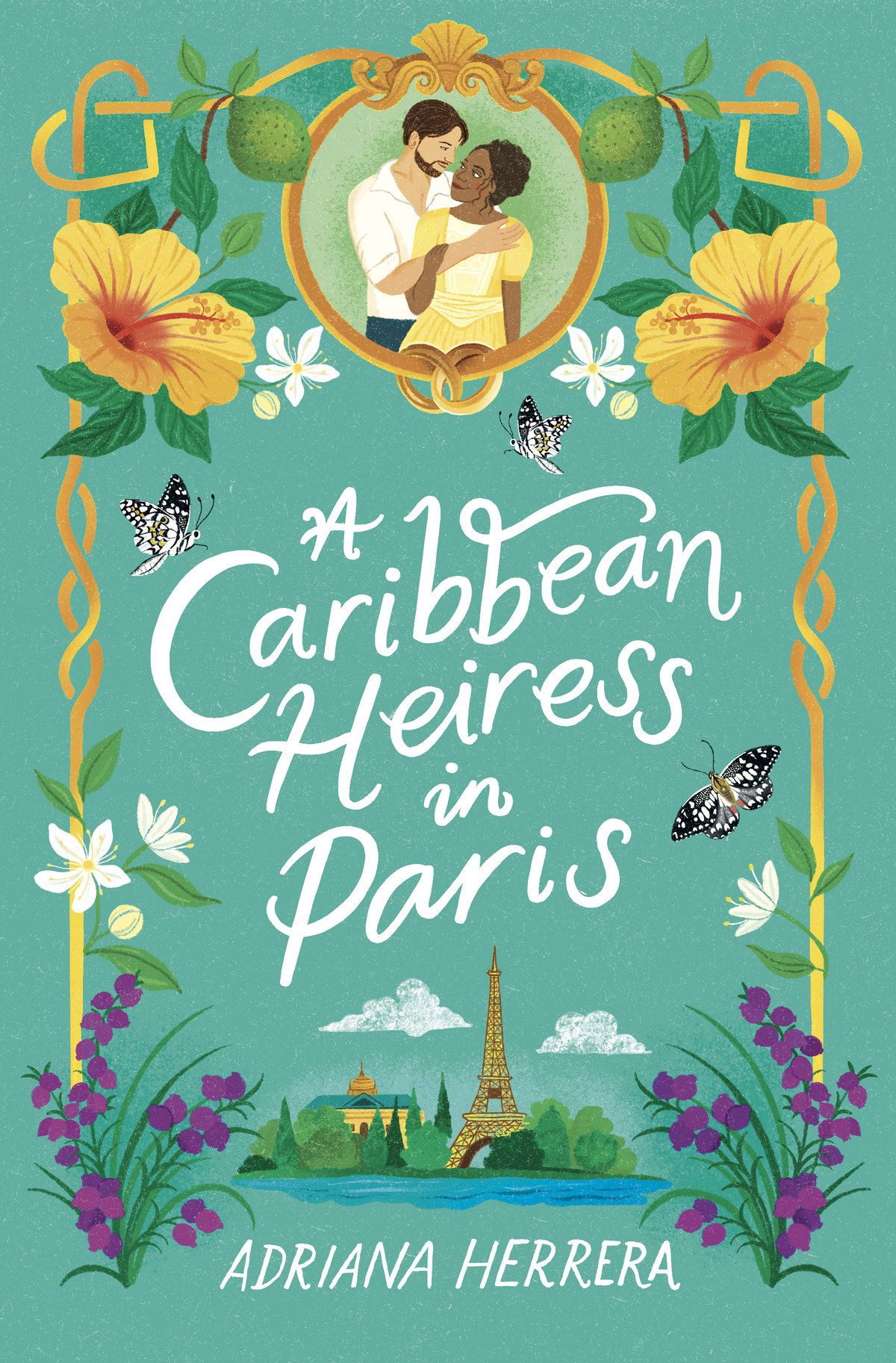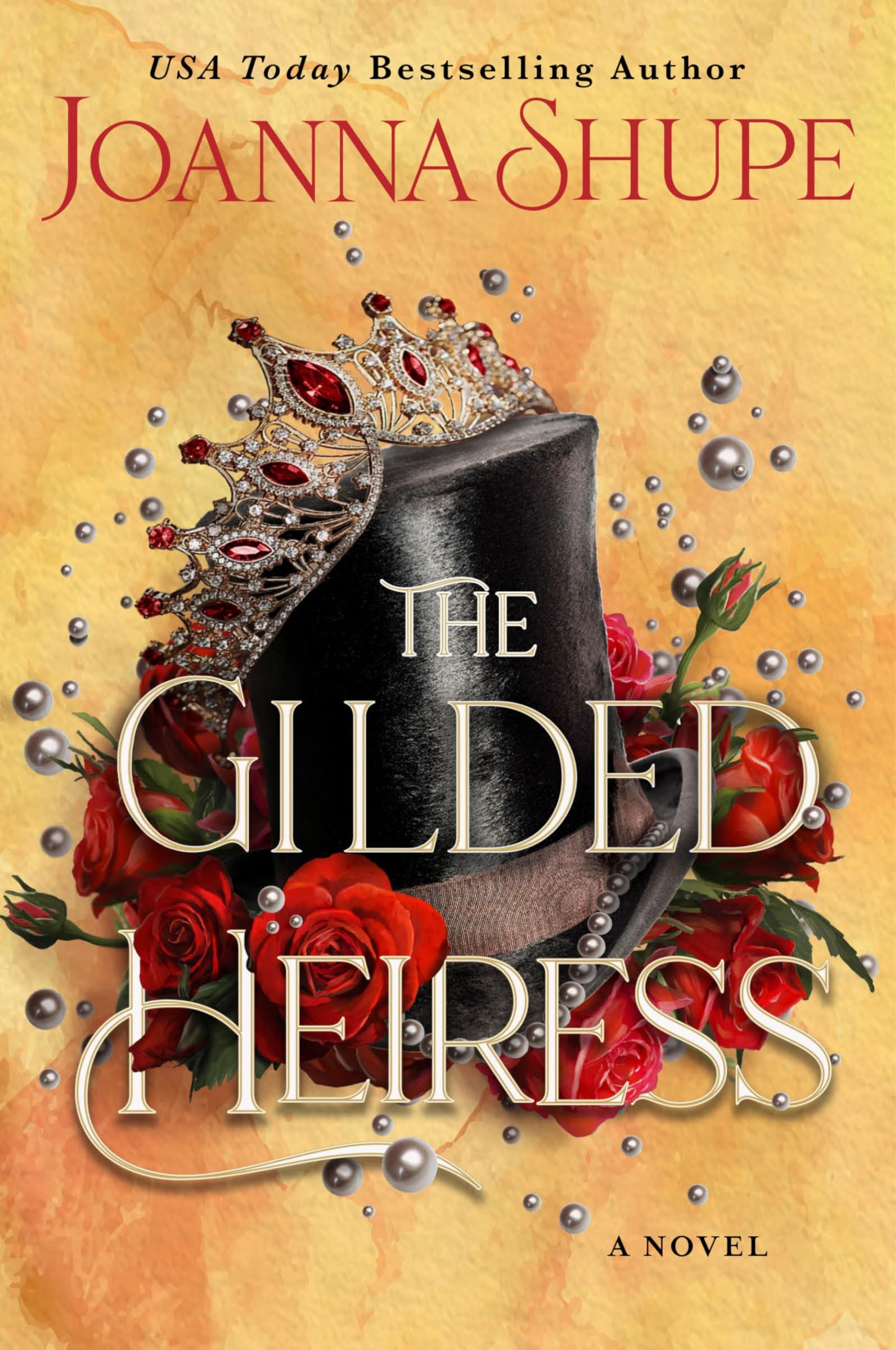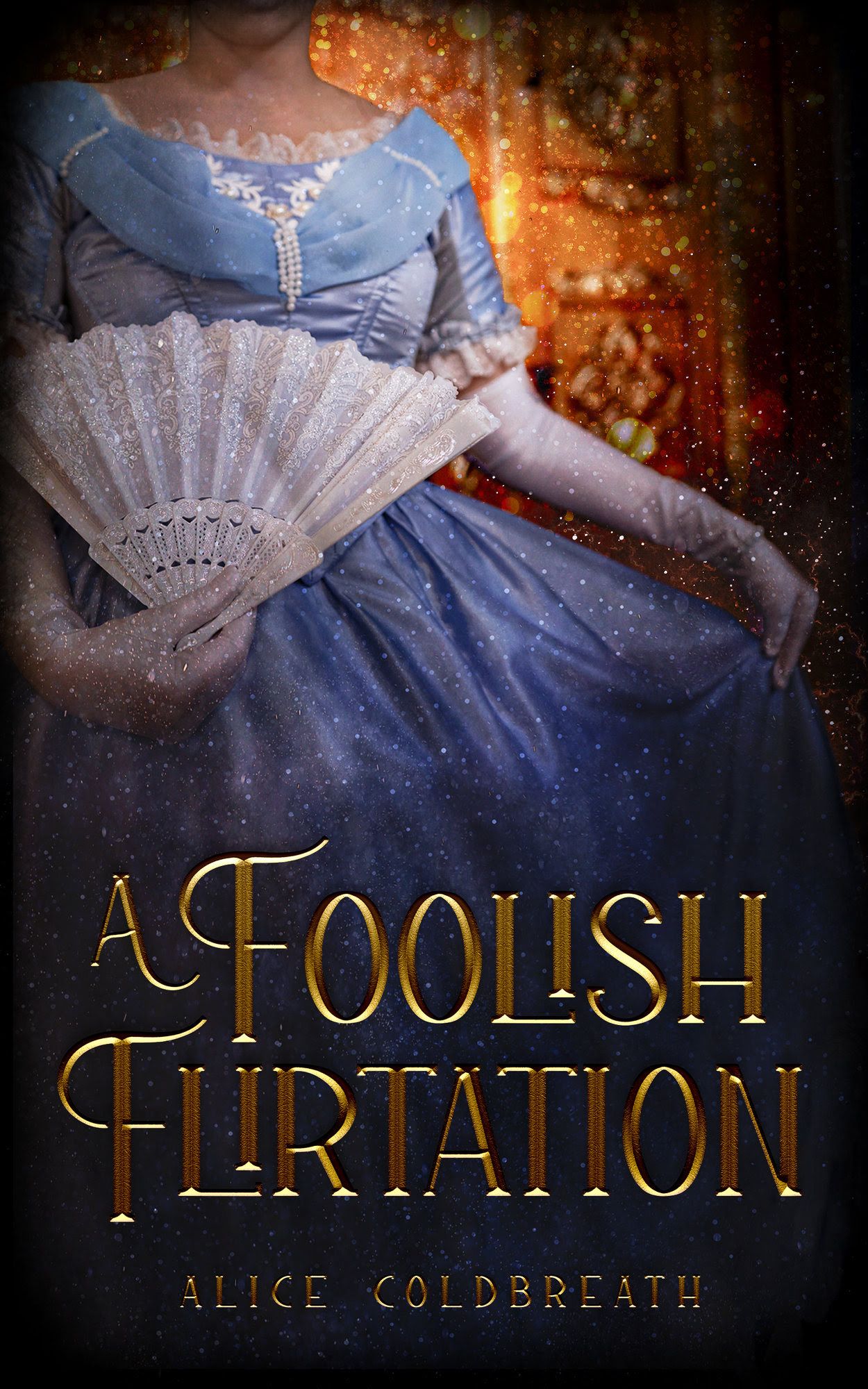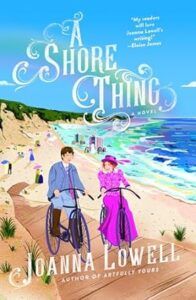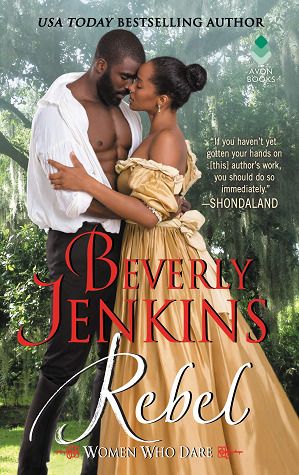“I was cautioned by my agent towards the end of 2023 that I probably wouldn’t be able to get another historical deal. When we did approach my publisher with my option material, I want to say I had seven ideas and one of them was historical, and that was not the one they chose,” says author of Gabriela and His Grace, the last in The Luna Sisters trilogy, set to release this August, Liana De la Rosa.
“Publishers are gun-shy about historicals right now. It’s very clear that those of us who have been writing historical for a long time are either not having our contracts renew or we are sort of being coached or guided toward other avenues,” says Sarah MacLean, author dozens of historicals including her most recent book, Knockout, and cohost the Fated Mates podcast.
While I was unable to speak to every historical romance author, the ones I was able to interview are feeling the change in the wind. Right now, publishers are not clambering to acquire new historicals.
The Great Pivot From Historical Romance
Since historicals at large have not gotten a boost from a new wave of pandemic readers, and with contemporary romances and romantasy books flying off the shelves, some publishers and agents are asking authors to think of contemporary romance or romantasy book pitches to match the market.
“I’m writing a contemporary I’m really passionate about and I’m excited for [Mutual Discord, set to release summer 2026], but I will always I always mourn that I didn’t get to write more historicals, or at least I don’t get to write them right now,” says De la Rosa.
“They asked me to write a contemporary dark romance pitch, which I did because I love my editor and wanted to keep working with her,” says Howard. “Ultimately, though, I didn’t move forward as I decided to focus on my romantasy debut [The Starlight Heir]. I have heard from other historical romance colleagues that they have been asked for both. However, I do think that there’s a bit of an author pivot as well.”
“Personally, I haven’t been asked by my publisher to write something else, but I do know of several historical romance authors who are now pivoting to write in other genres—which is sad for historical romance, but they are exceptionally talented writers and I’m relieved that we aren’t losing their voices,” says Joanna Shupe, author of The Fifth Avenue Rebels series and other gilded age historicals.
Certainly, not all career pivots are entirely driven by market changes. Also, although authors deeply love writing historicals, they largely see the moment as a chance to try something new.
“My publisher never asked me to pivot [from historicals]. Spell, Book, and Scandal, the magical Victorian romance of mine that recently sold to Berkley, was my own idea,” said Matthews, who has supernatural Victorian romance in her backlist.
Although MacLean has her contemporary fiction book, These Summer Storms, releasing this July, the idea was not publisher-driven. “I have not been asked to write something else, but as I understand it, other people have been asked to write other things,” says MacLean.
“I had mentioned to [my agent] an idea that really only works as a contemporary, and she was like, ‘Now’s a great time to write a contemporary.’ I was excited because, this idea had been living in my head for a little while,” says queer historical romance author of We Could Be So Good, Cat Sebastian, who is working on her first of two contemporary books with Avon, Star Shipped.
What Contributed to the Unmaking of Historical Romances?
This shift from historical romance did not come out of nowhere. Authors pointed out many contributing factors that contributed to the unmaking of historicals, from the books themselves, to the publishing industry, to the public’s perception of the genre.
The Decline of Mass Market Paperbacks
First, Readerlink’s decision to stop distributing mass market paperbacks by the end of 2025 has impacted historical romance books that were set to release in the format. Although other romance subgenres now release in trade paperback or hardcover first, up until this announcement, historicals continued to have primarily mass market print runs. The death of the format has undoubtably hit historicals the hardest.
“[Mass markets have] been the main budget-friendly format for historical romance for so many years,” says Shupe.
“You cannot have a conversation about historical without having a conversation about format. And by that, I mean mass market paperback and covers. As long as the industry refuses to attempt to rebrand historicals for a readership that is more interested in visuals and a readership that is more interested in a physical manifestation of entertainment and joy, historical is going to die,” says MacLean.
“It’s difficult to talk about historical romance without talking about the book as an object that can be photographed and put on social media. For some reason, every other genre and subgenre got with it pretty fast, right? Historical romance just didn’t, and I don’t know why,” adds Sebastian.
TikTok, Kindle Unlimited, and Publishing at Large
Additionally, TikTok and Kindle Unlimited (KU) have shifted the way publishers acquire romance at large. Largely, publishers have begun to pick up viral books with built-in audiences over debut authors.
“Part of so much of what is the problem with historical and publishing in general is that there’s so little vision. They have a very narrow sense of what the market wants, and now they don’t even have to guess, because they can just go to KU. They don’t have to take any chances. They can just go to KU and see what’s selling great, and then they can make an offer for sub rights for that, and then just put it on bookshelves,” says Herrera.
“What is happening is publishers are doubling down on books that are already a success. [The new model] lacks the risk,” says Maclean. “I think that this is this method of publishing is harming authors of color and queer authors in far more drastic way than it is harming cis, white, able-bodied Christian ladies like myself.”
“Clearly, discoverability is a big issue right now. With mass market shelf space disappearing and the rise of BookTok, from which historical romance has largely been absent, readers aren’t finding books like they used to. As well, for authors of color and anyone not writing white, cishet characters, discoverability and store placement is even more of a challenge,” says Shupe.
It’s very frustrating, especially as a BIPOC author writing BIPOC characters, to finally have an opportunity to tell these stories and to be at this crossroads where fewer people want to read them compared to their contemporary counterparts.
Liana De la Rosa
The Diversity Question
Finally, many authors have pointed out that new readers are uninterested in historical romance, assuming the genre lacks diversity.
“There are pervasive misconceptions about historical romance, too. I’ve had romance readers tell me historical romance is boring, or they don’t want a ‘history lesson’ inside their romances,” says Shupe.
“I think there might be a perception that historical romance is slow, and takes more work to read, because some of the period-specific language isn’t familiar—you have to learn as you go. But beyond that, people may assume that the books are all about straight white aristocrats, which is less the case now, but is still largely true. Historical romance has a diversity problem, but so does romance and book publishing generally,” says Lowell.
“I think readers want queer books and books centering characters of different classes and races and religious backgrounds and abilities by writers who also share those experiences,” Lowell adds. “There are so many fabulous queer and BIPOC writers writing historical romance, and if publishers bought and robustly marketed more of their books, they could put new life into the genre.”
“New readers are not finding the genre because of preconceived notions they have of it, because they think it’s regressive. I’ve seen some people say they don’t want to learn anything. So, it’s very frustrating, especially as a BIPOC author writing BIPOC characters, to finally have an opportunity to tell these stories and to be at this crossroads where fewer people want to read them compared to their contemporary counterparts. I also think that publishing doesn’t know how to market the modern historical romance,” says De la Rosa.
“I think they waited too long to make a concerted effort to bring in new voices in historical and support them. By the time Bridgerton came out with that cast that was so diverse, there was nothing on the shelves that was comparable to what people were watching on the TV,” confirms Herrera. “I don’t think there was a concerted effort to make the genre feel modern in a real way that reflected the world we’re living in.”
“When you look at when you look at Adriana [Herrera]’s books and also Liana De la Rosa, I feel like that’s the path forward. I really feel like if those books had been out there, five years ago, I think that this would not be a conversation we were having. I think that historical romance would feel very different,” says Sebastian.
“I think romance is probably one of the best archives we have of where the culture is at any given moment on: reproductive justice, consent, sexuality, bodily autonomy, desire, relationships, gender roles, conversations around gender dynamics. Romance is always a really great litmus test, and right now, we’re in a place in this country where all those things are in a real dark place. So, and we don’t want to look back, right? We don’t want to think about history right now, so it makes sense that historical is not popular,” says Herrera.
In short, I think Herrera summarizes it best: “Historical doesn’t die of just one thing. It was co-occurring things that have slowed her down. I have no doubt it’ll come back. Everything always does.”
The Business of Publishing Historical Romances
At the end of the day, it is important to highlight that everyone I spoke with understands and acknowledges that publishing is a business and it’s going to operate like one. Right now, that means putting money in other subgenres.
“I think we’re all grappling with how to market and package historical romance in order to appeal to new readers. Should it be a clinch cover? Illustrated? A dress? For my summer 2025 release, The Gilded Heiress, Avon Books was willing to try something different. We chose to do an object cover that’s a little bit of a throwback, but hopefully also feels fresh. I don’t know whether readers will respond to it or not, but I’m grateful that Avon was willing to think outside the box with me,” says Shupe.
“Publishing is a business, and publishers are trying to follow market opportunities as well as consumer dollars, which is in contemporary romance or romantasy,” Howard says.
“If retailers and publishers have decided that historical romance is no longer worth stocking or marketing, histrom sales are naturally going to diminish. Then it becomes less about the public not wanting historical romances, and more of a self-fulfilling prophecy on behalf of the publishing/bookselling apparatus. The losers in all this are, of course, authors and readers,” adds Matthews.
MacLean sees the disinvestment as a canary in the coal mine for debuts at large. “I fear. I fear we are at a time right now where it is not that historical is dying or that they are killing historical. It’s that debut traditional romance is dying and they’re killing it,” she says.
A Turn to Indie Publishing for Historical Romances
With a declining interest in debuts and historicals at traditional publishing, many historical authors see independent publishing as a viable path for the genre’s continuation.
“Unless the publisher has sort of figured out how they’re going to market the books, how they’re going to package the books, and invest time and energy into making sure that historicals resonate with a new generation of readers, self-publishing might be the place where we thrive,” says MacLean.
For example, Liana De la Rosa plans to independently release a historical romance series about Victorian mountain climbers. As a hybrid author with both trad and indie publishing experience, Matthews has experienced consistent sales for her indie backlist. Alice Coldbreath, a full-time indie author who most recently wrote the Victorian romance A Foolish Flirtation, notes her medieval and Victorian romances continue to sell well for her.
“I was fortunate enough to be able to quit my day job and make it my way of living, and now employ my sister as my assistant,” says Coldbreath. “I think that there are a lot of self-published writers who are fantastic at using all the resources out there, like Facebook, Instagram, TikTok, podcasts, etc.”
Independent publishing can be risky and time-consuming, considering the additional logistical tasks. Not all writers also want to design covers and market books. So, while I do believe independent publishing is a wonderful and viable option, it is not the path for every great historical author.
Where Does Historical Romance Go Now?
It is important to point out that historical romance authors have either retained their readership or grown it in the last few years, groups that remain enthusiastic about the genre. Readers who love historicals continue to buy and engage with the genre, but the numbers just do not compare to hit contemporary or romantasy titles. No one thinks historicals are going to disappear from the shelves, there just might be less of them over the next few years.
Current historical romance books are modern, saucy, intentional, provocative, with great world-building and diverse settings, AND we’re inclusive. What’s not to love?
Amalie Howard
“We have to engage with the genre and the words actively now. If we want it to grow and to continue, it needs to be engaged with now,” says De la Rosa.
“I think historical romance gives you an opportunity to see trans people and queer people living these amazing lives and finding joy in earlier times—which not to minimize the barriers that people experienced then and that they experienced now—but no one is ever only oppressed. People are always finding ways to live well and experience moments of freedom and bliss,” says Lowell.
“I think the readership is a very loyal one, but what the subgenre needs is an influx of new readers. How do we get the vibes of Netflix’s Bridgerton to translate to books? Current historical romance books are modern, saucy, intentional, provocative, with great world-building and diverse settings, AND we’re inclusive. What’s not to love?” says Howard.
“I hope is that this is a break from historical, and that when it comes back, it’ll be something different. It’ll look different. It won’t be ladies and ballgowns on the cover all the time, right? I’m hoping that we see something fresh. And I’ll be super excited to be there for it,” says Sebastian.
If you love historical romances, I implore you to buy them so publishers keep reinvesting in the genre. If the numbers are not there, publishing is unlikely to invest in the subgenre. Asking your library to purchase historicals that you and your friends check out also does the job. (And while we’re at it, buy some Beverly Jenkins novels, maybe her Women Who Dare series, so she can finally hit the NYT bestseller list.)
If you don’t know where to start, Book Riot has plenty of great recommendations, from Swoony Historical Romance like BRIDGERTON, to Historical Romance Novels for Newbies, to Historical Romance for Valentine’s Day, to Queer Historical Romance Books. There is a lot that can still be done for historicals, it is just up to readers to decide what they want to do about it.
